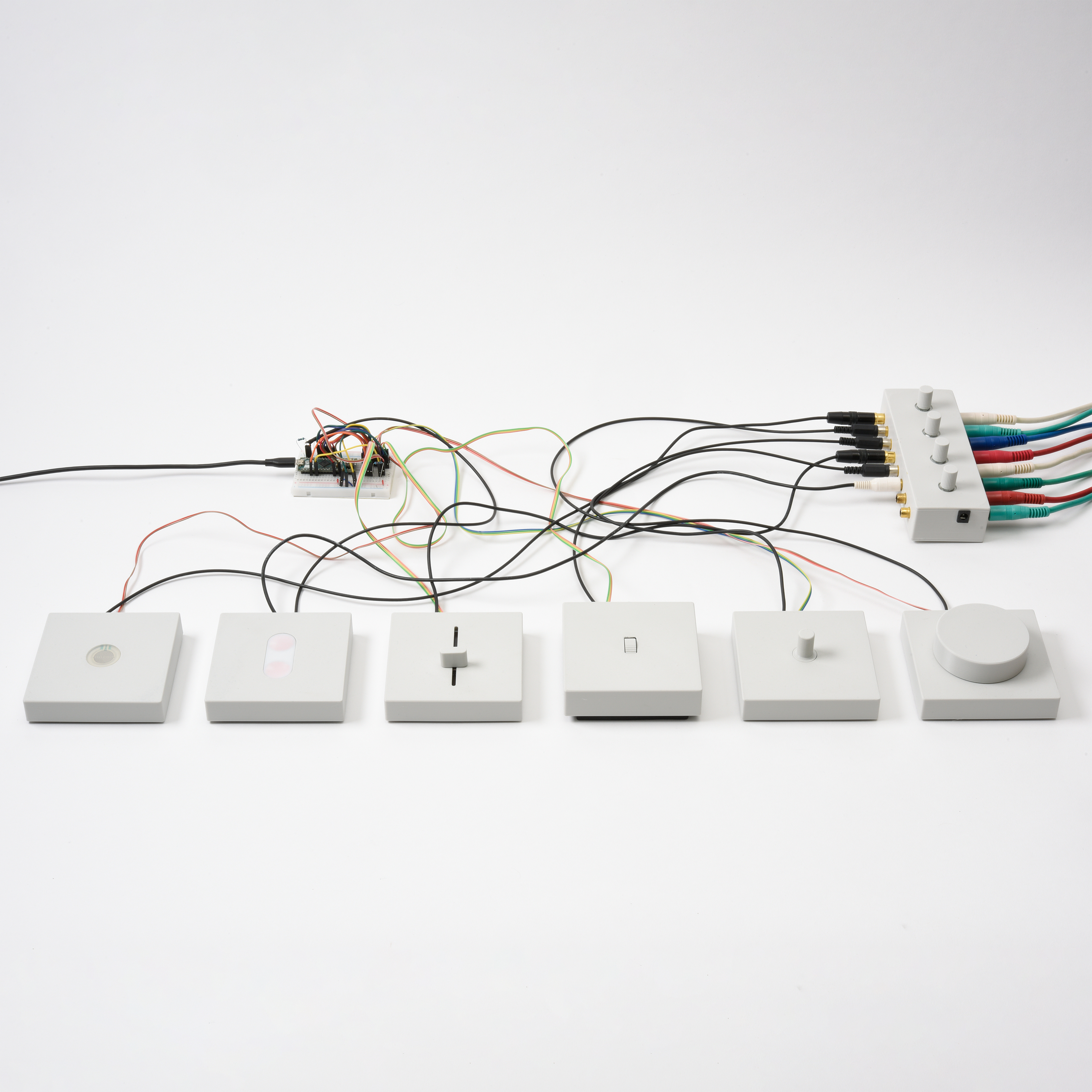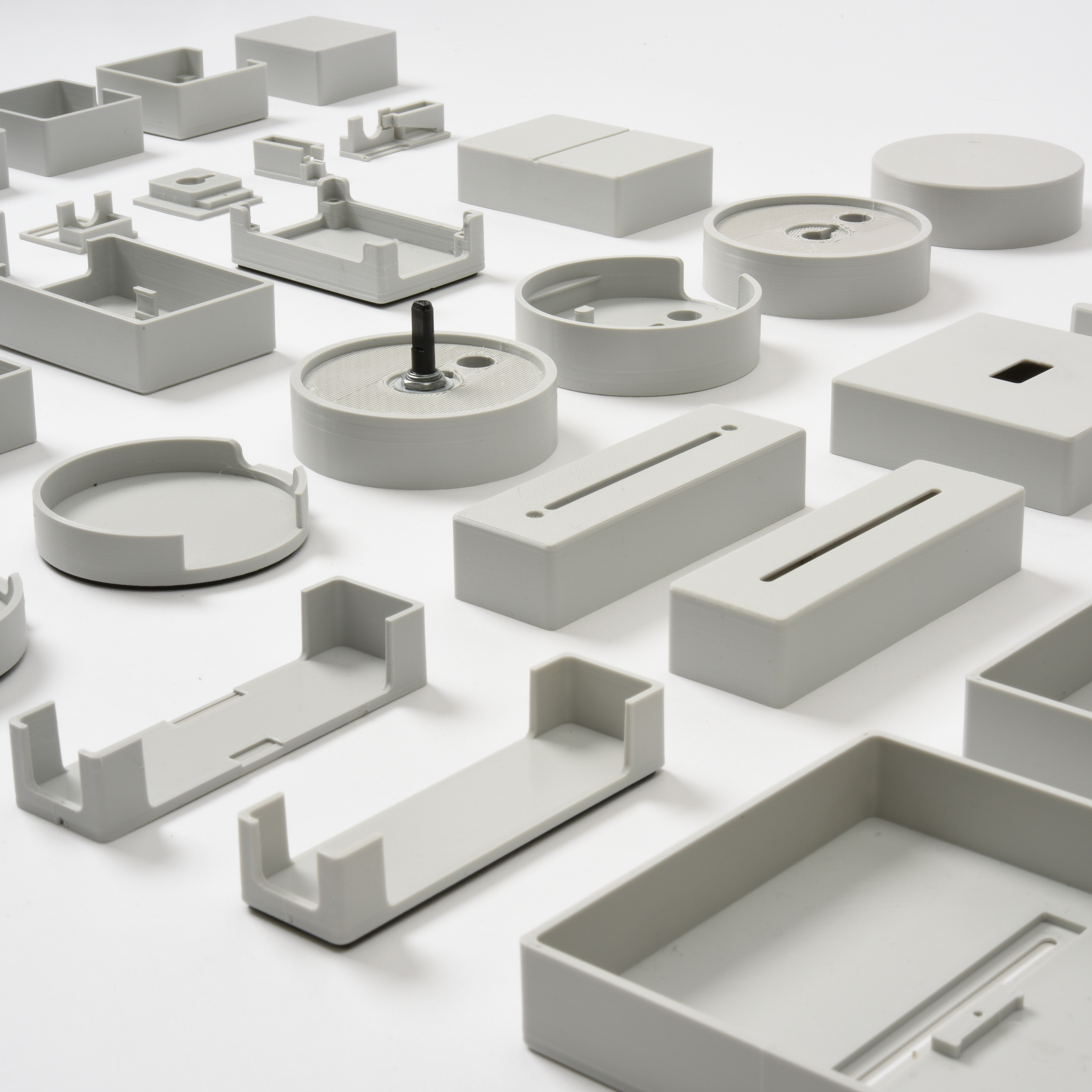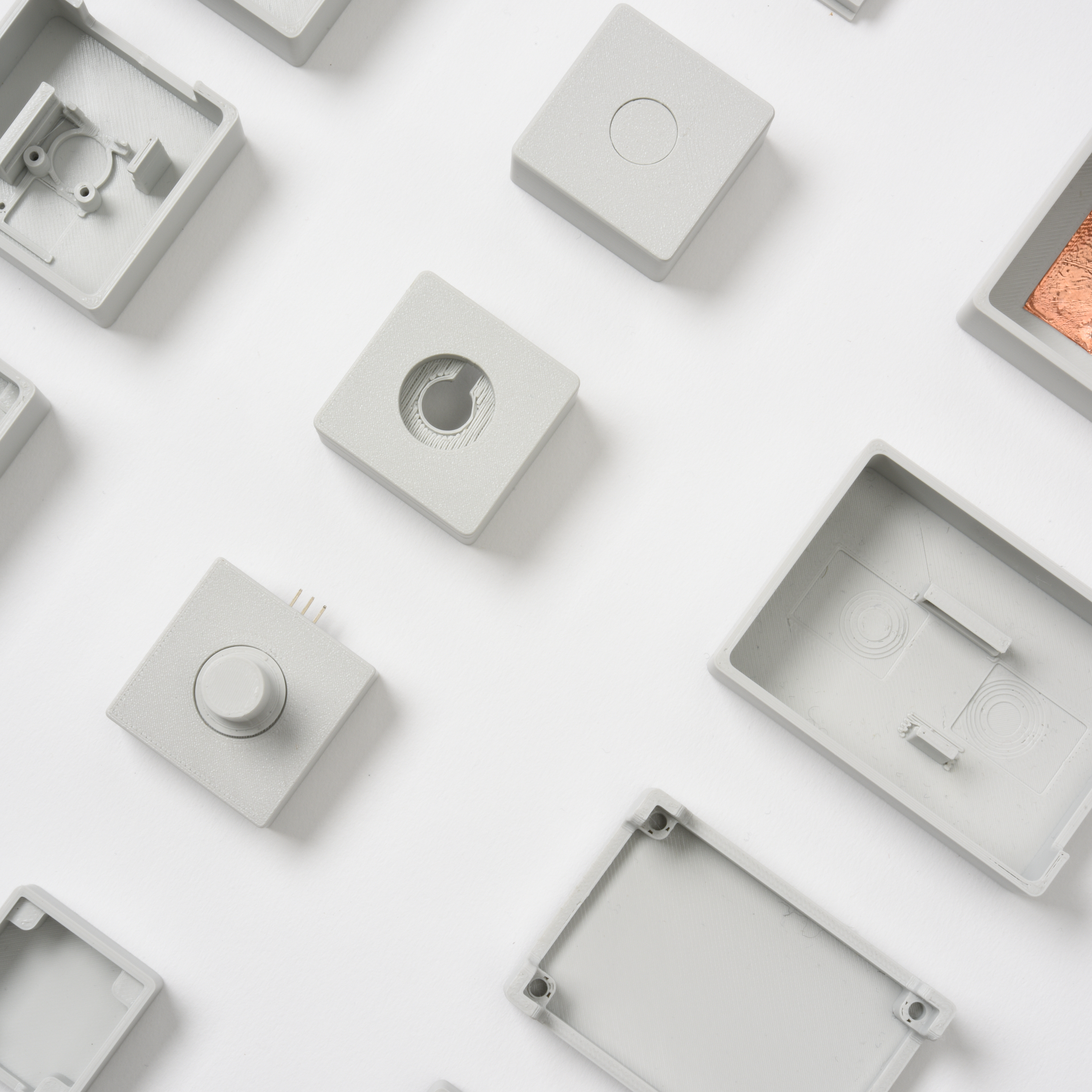Vibrotactile Interfaces
April - October 2021
Master Thesis at Weißensee Kunsthochschule
Supervised by Prof. Carola Zwick and Prof. Dr. Lucy Norris
We rely heavily on visual impressions in order to find our way around virtual environments, apps, desktop programmes and user interfaces to go about our activities. The screen as a visual medium is very flexible as it can display all sorts of content depending on current task and status.
The audio-visual range of experiences available to us is impressive and in many ways immersive, yet some sensory needs remain unaddressed in the use of many technologies at present. The integration of haptic feedback could remedy this relation.
The audio-visual range of experiences available to us is impressive and in many ways immersive, yet some sensory needs remain unaddressed in the use of many technologies at present. The integration of haptic feedback could remedy this relation.
The project “Vibrotactile Interfaces” examines to what extent tactile feedback is able to provide the user with cues about the state of a device to reduce the need for visual monitoring and make operations more responsive and less misleading.


Using haptic feedback as a design element of human-computer interaction requires special consideration of the affordances and potentials of this technology. In order to define appropriate haptic interaction use cases, it is necessary to integrate basic knowledge of human abilities on the one hand and current technical possibilities on the other.
Therefore, the unique physiological and psychological properties of the sense of touch were analysed, applications in which active touch might be valuable were reviewed and the technical integration of available technology and hardware were explored.


This project resulted in a proposal for several interaction scenarios that were prototyped on the framework of six user interface archetypes.
These best practice examples provide haptic design principles and highlight challenges and opportunities encountered in the development of tactile user interface elements.
These best practice examples provide haptic design principles and highlight challenges and opportunities encountered in the development of tactile user interface elements.